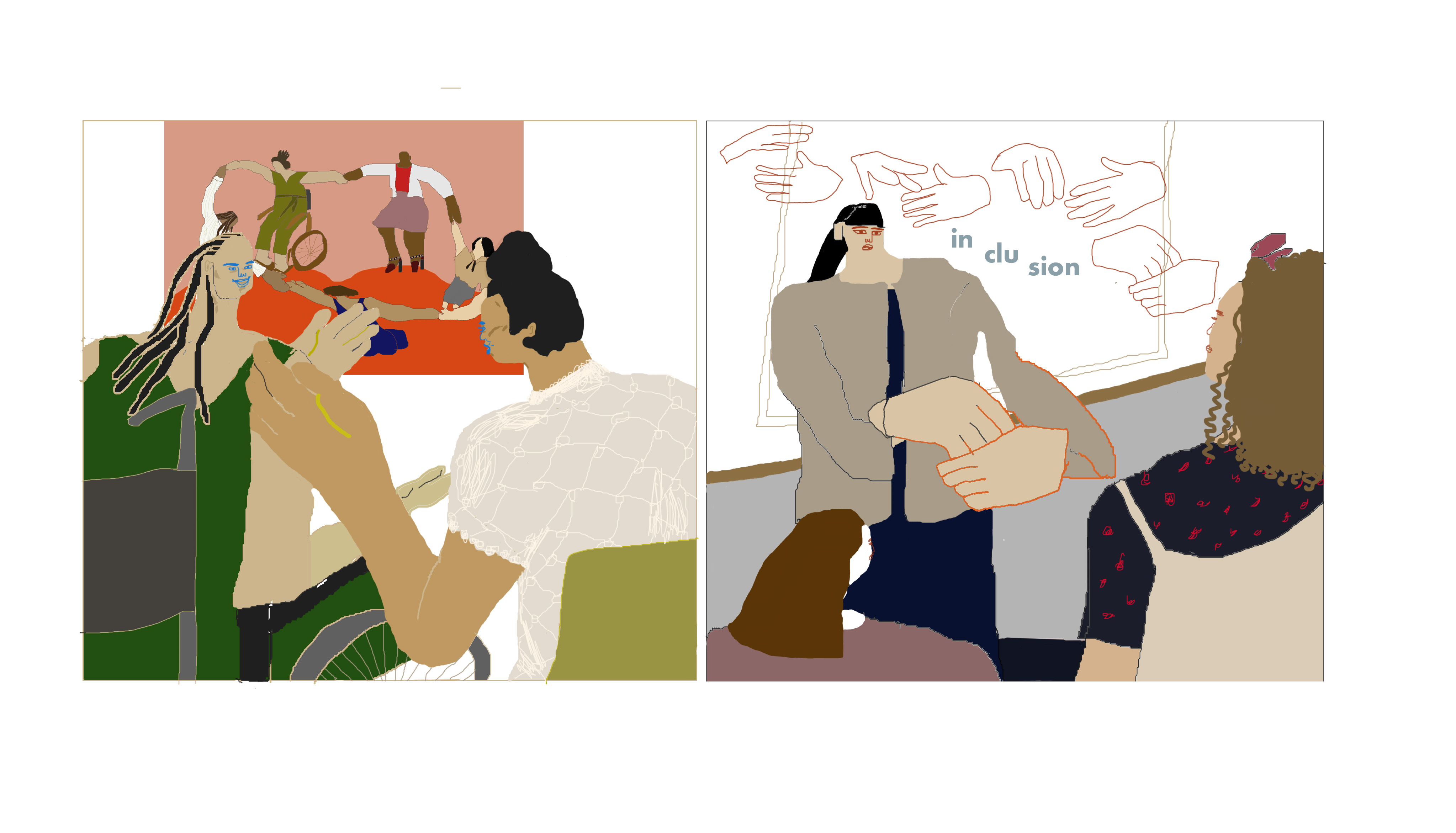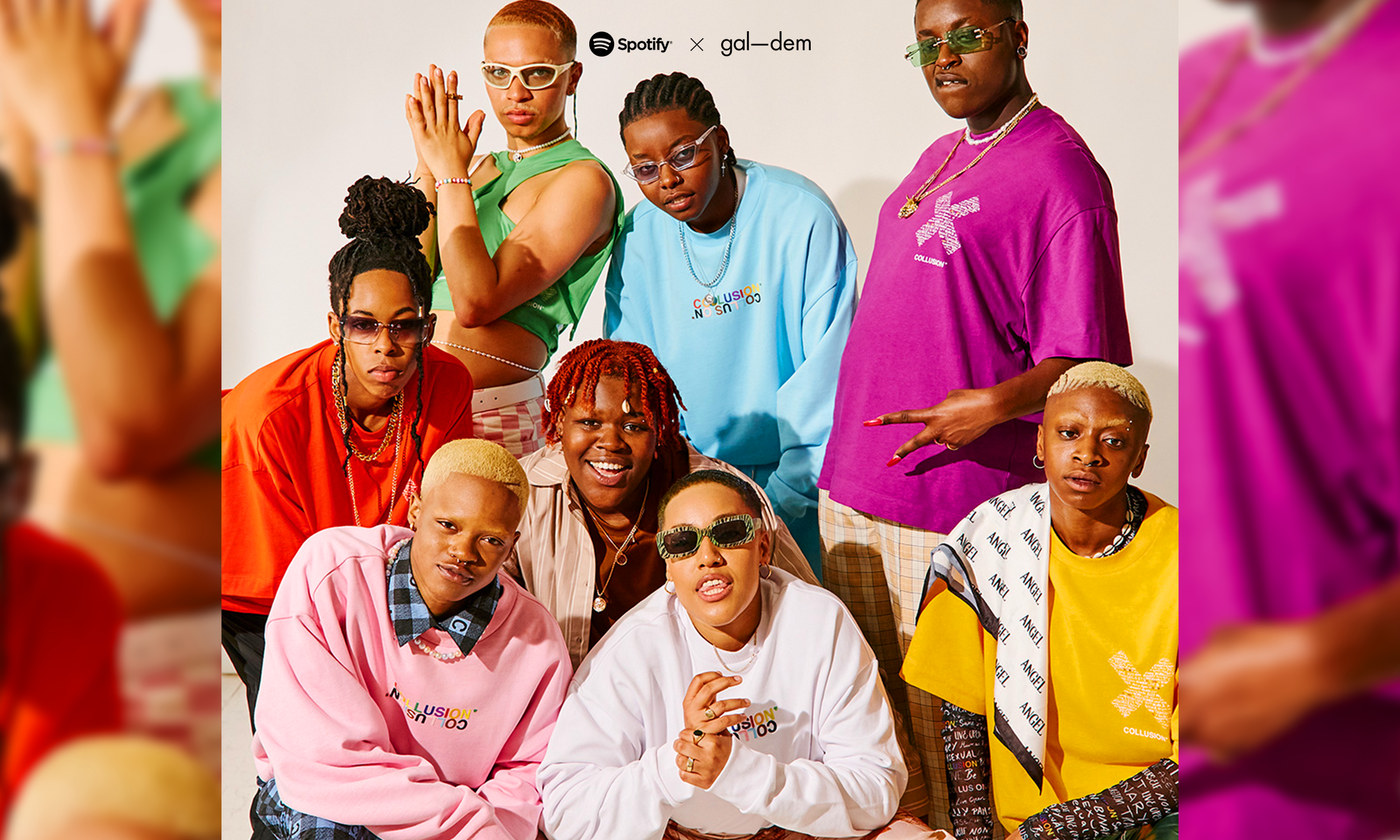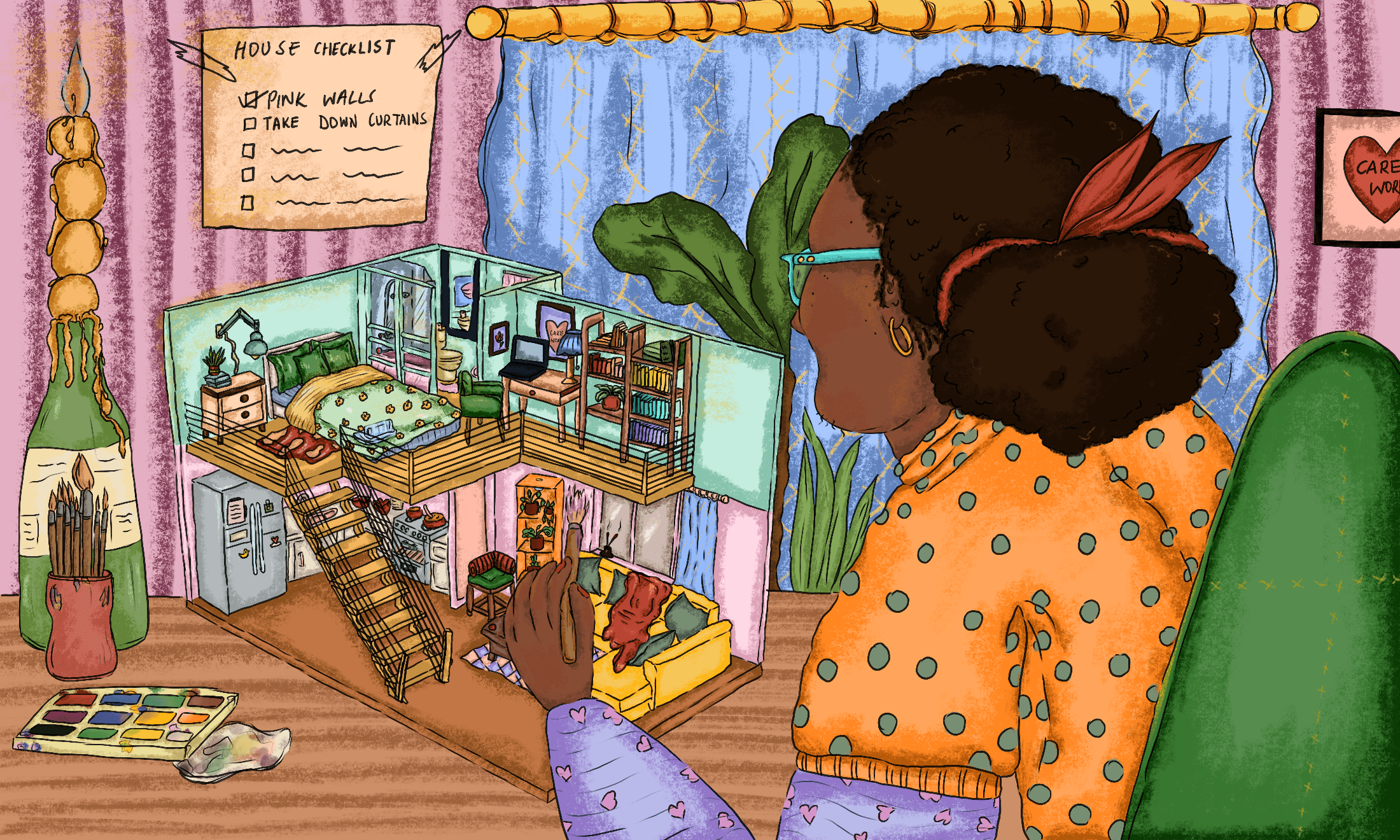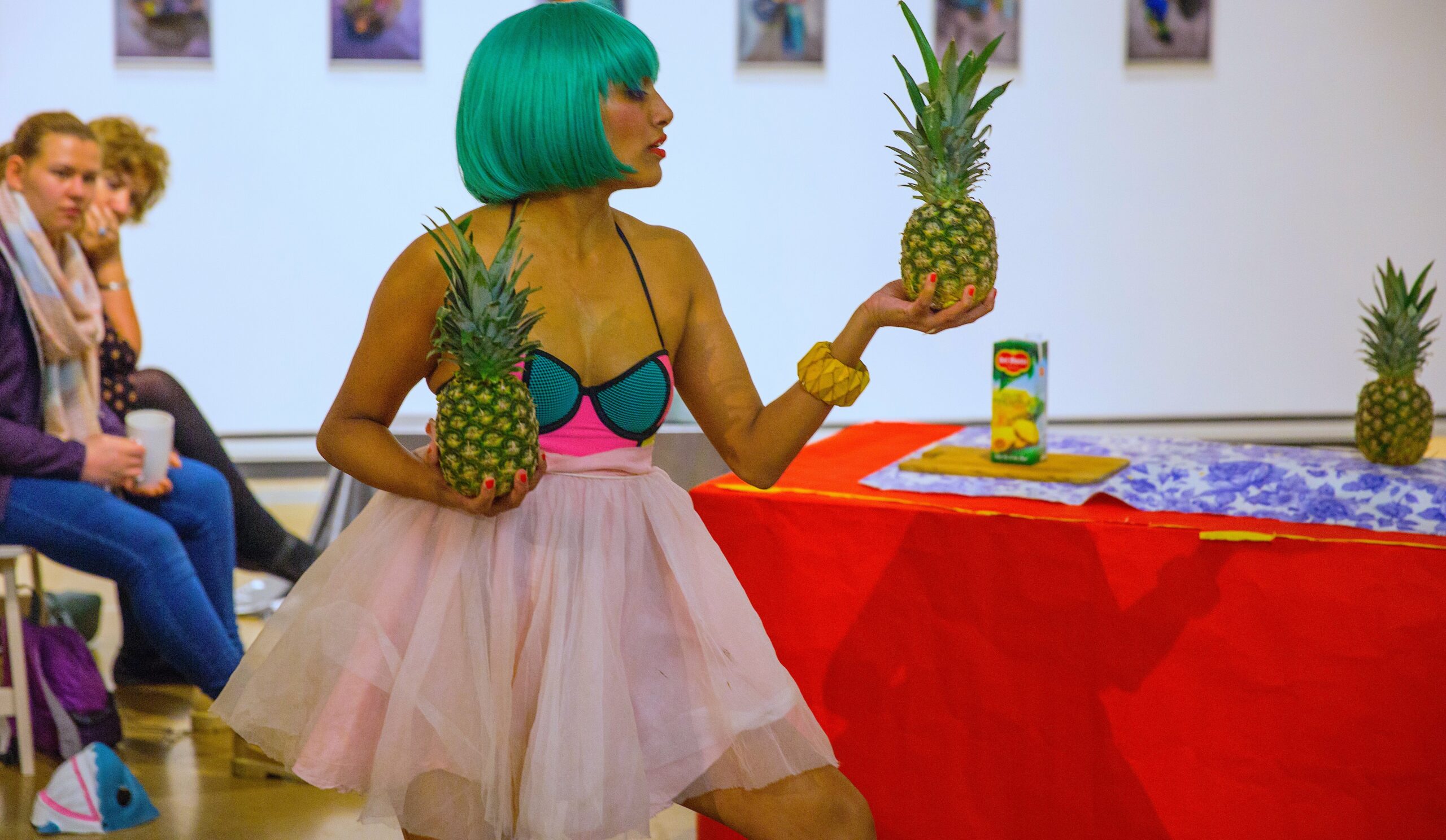
The advent of intersectionality in feminism came with new perspectives and demands of inclusion of marginalised groups. This was a game changer. Feminists would now be held responsible for their own privilege in whatever shape or form it came in. Yet, one marginalised group still remained ignored, untouched and without allies: womxn with disabilities.
While progress has been made to include the disability community within intersectional feminism, there is more that needs to be done. Disability scholar Rosemarie Garland-Thomson, when commenting on feminism and disability, wrote that “repeatedly, feminist issues that are intricately entangled with disability—such as reproductive technology, the place of bodily differences, the particularities of oppression, the ethics of care, the construction of the subject—are discussed without any reference to disability.”
“Would it be forward of me to request of able bodied feminists to be aware of the ablecentrism within the movement”
This makes me pose the question, is the current form of intersectional feminism ableist, or have able bodied feminists not expelled the ableism within themselves? Would it be forward of me to request of able bodied feminists to be aware of the ablecentrism within the movement? The answers might take some introspection and cannot be discovered within the confines of my very limited opinion. However, all is not lost, as we can explore the reasons why womxn with disabilities have a place within intersectional feminism, and why we need to start taking our seat at the table.
The lived experience of womxn with disabilities
In the sea of oppression, womxn with disabilities often find themselves at the bottom of the ladder. Like gender, disability is more than just the physical; there are political and social constructs that define disability and the experiences of persons with disabilities. Womxn with disabilities are subject to the oppression that comes with both social constructs, gender and disability. Because of this we find ourselves oppressed by ableists and sexists.
“Our experiences can be isolated and individualised, which makes it hard for able bodied feminists to envision our reality”
Unfortunately, womxn with disabilities have very little opportunity to portray their own experiences in popular culture. Our experiences can be isolated and individualised, which makes it hard for able bodied feminists to envision our reality or incorporate it into feminist theory. This does not mean that disability cannot be integrated into intersectional feminism. It can and has to be done. It affects lived experience in many ways, from healthcare and social standing, to reproductive issues and sexuality. Our issues are feminist issues.
We are reminded every day and in every aspect of our lives that we are womxn and that we have disabilities. Our experiences are often shaped by how the able bodied world views disability, and how people who claim to be allies help to shape the very oppressive world that we live in.
Ways that feminists can integrate disability and transform intersectional feminism
To ensure that complete intersectionality is achieved, we need to examine ways that able bodied feminists can integrate disability into feminism. The work has been done by feminists with disabilities, but more work needs to be carried out by able bodied womxn to be more inclusive. Below are a few ways that intersectional feminism and feminists can ensure to include womxn with disabilities.
- Talk to womxn with disabilities
It may seem so simple, but you would be surprised how effective this can be. Ally course 101. If you know a womxn with a disability, talk to her and learn about her lived experience. Speak to womxn on social media, speak to womxn on the bus. Speak non-patronisingly and open yourself up to learn about how we live. Talking can open opportunities for advocacy and connect you with ongoing campaigns and courses that require your allyship.
“Reasonable accommodation is one of the biggest steps to ensuring an inclusive movement”
- Make feminist events accommodative to womxn with disabilities
Reasonable accommodation is one of the biggest steps to ensuring an inclusive movement. Make sure that venues are accessible to womxn with disabilities. Ensure that venues are wheelchair friendly, that you have sign language interpreters, any accommodation that will ensure that womxn with disabilities are not excluded. Reading materials and other resources should be accommodative and accessible. We cannot be intersectional if we are not inclusive of all needs.
- Realise that womxn with disabilities experience aspects of feminism differently
This might be difficult for some to grasp but the lived experiences of womxn with disabilities can be very different from womxn without disabilities. That does not mean that it should be excluded from intersectional feminism, it should instead be integrated. One example of this is our experience of sexualisation. Where able bodied womxn are over sexualised, womxn with disabilities are often desexualisefd or fetishized. Disability is seen as undesirable and words such as “slut” are rarely associated with womxn with disabilities.
In order for feminism to be truly intersectional, feminists really need to start incorporating disability into their activism. Womxn who call themselves intersectional feminists should change certain behaviours, like stop sharing ableist memes and using ableist language. We need to start forming an allyship that is mutually beneficial and this can only happen if able bodied feminists make disability a priority. Our advocacy as womxn with disabilities is only challenged by those who oppress us. As disability and feminist writer, Rebekah Harding wrote, “It is not the disability that makes our advocacy hard. It is those who fail to understand our disability, making it impossible to gain the necessary adjustments to advocate for ourselves.”









